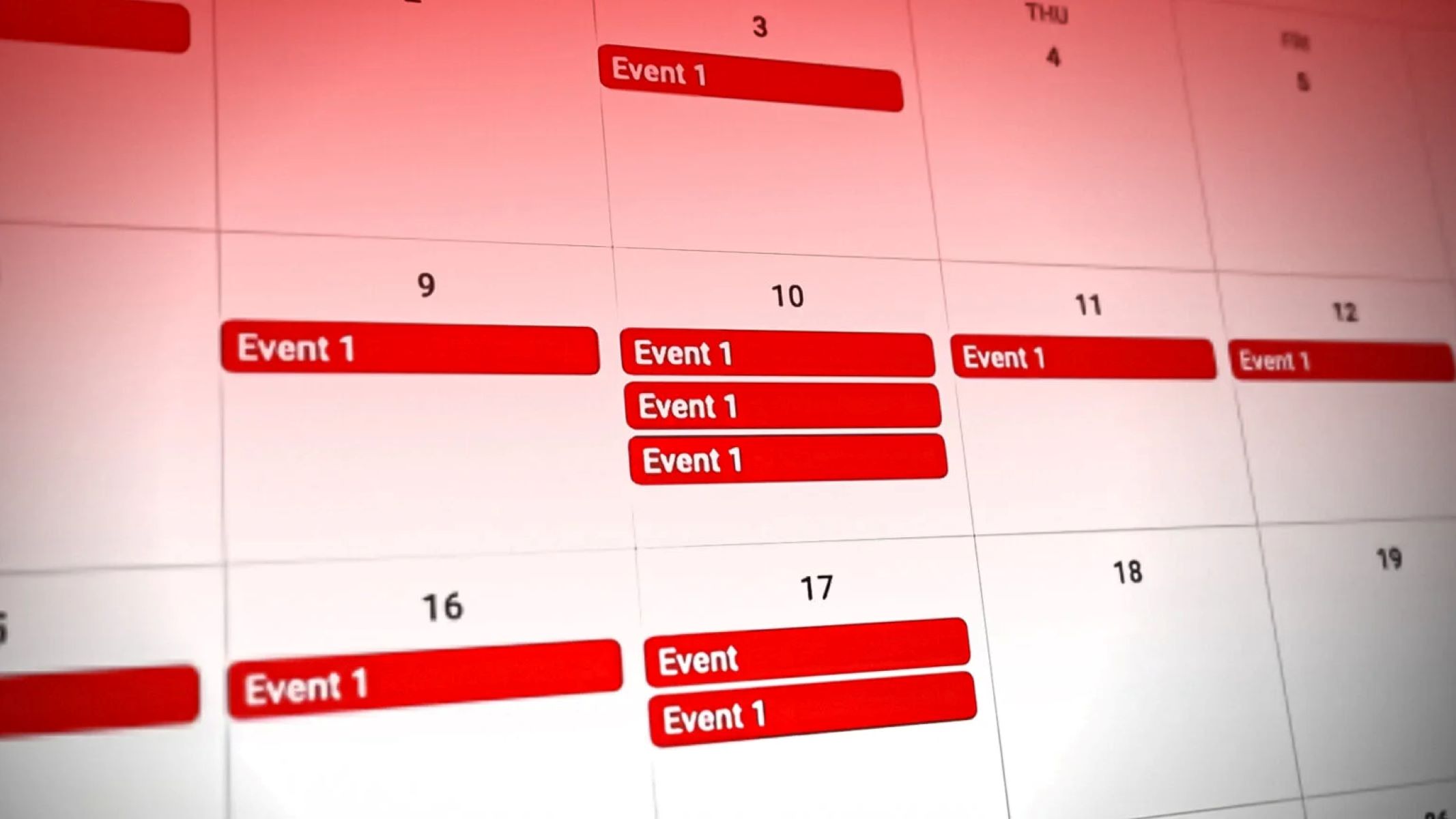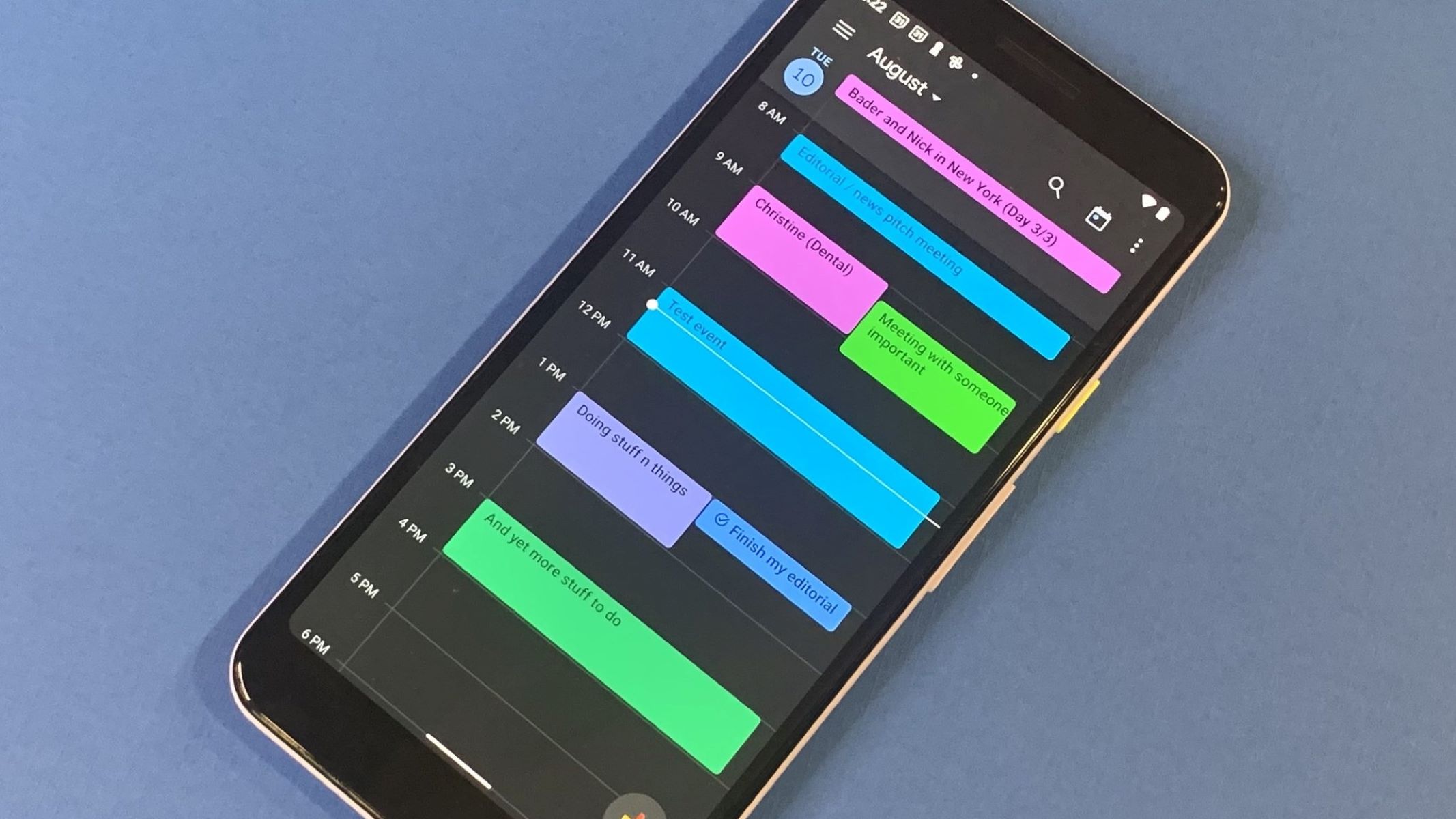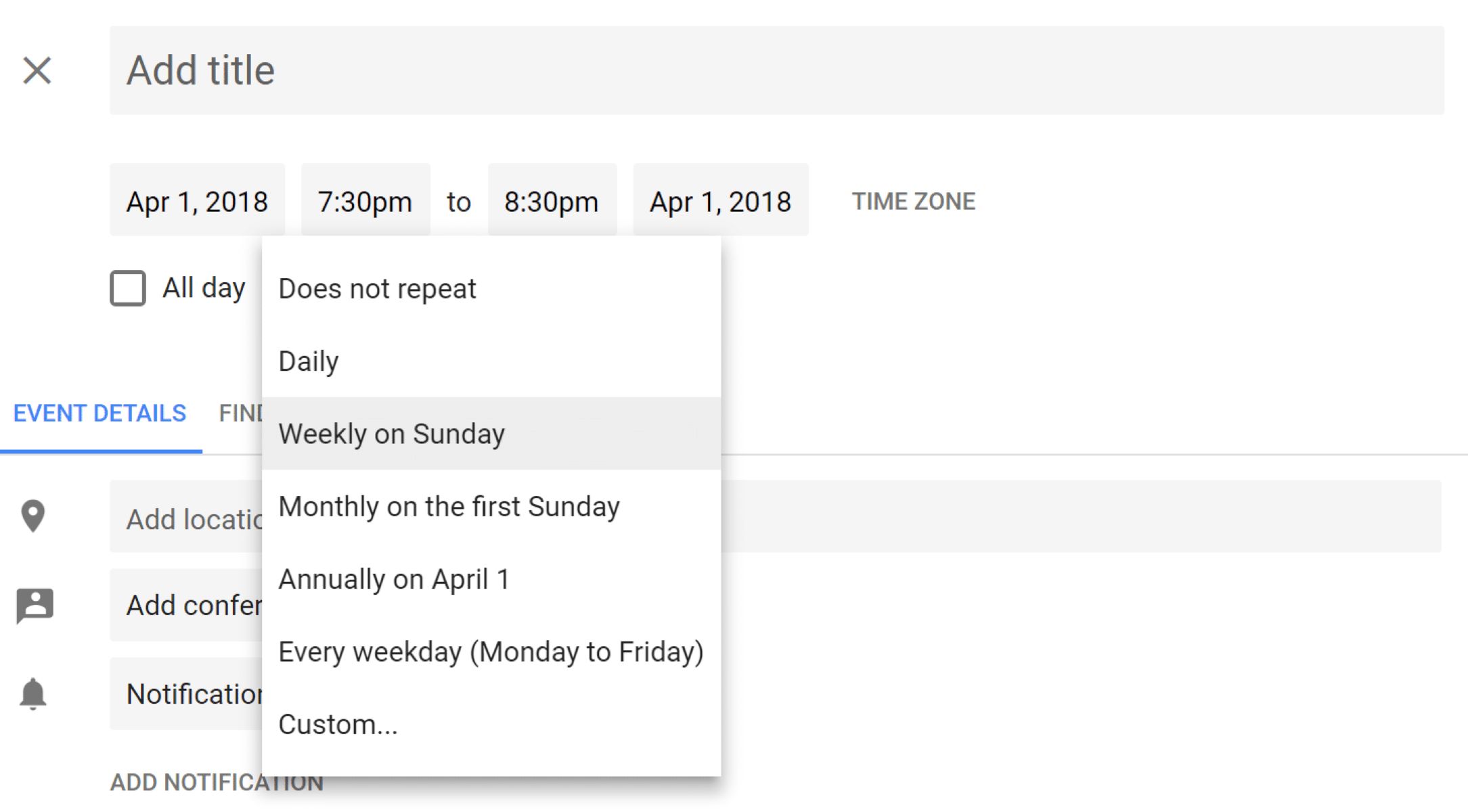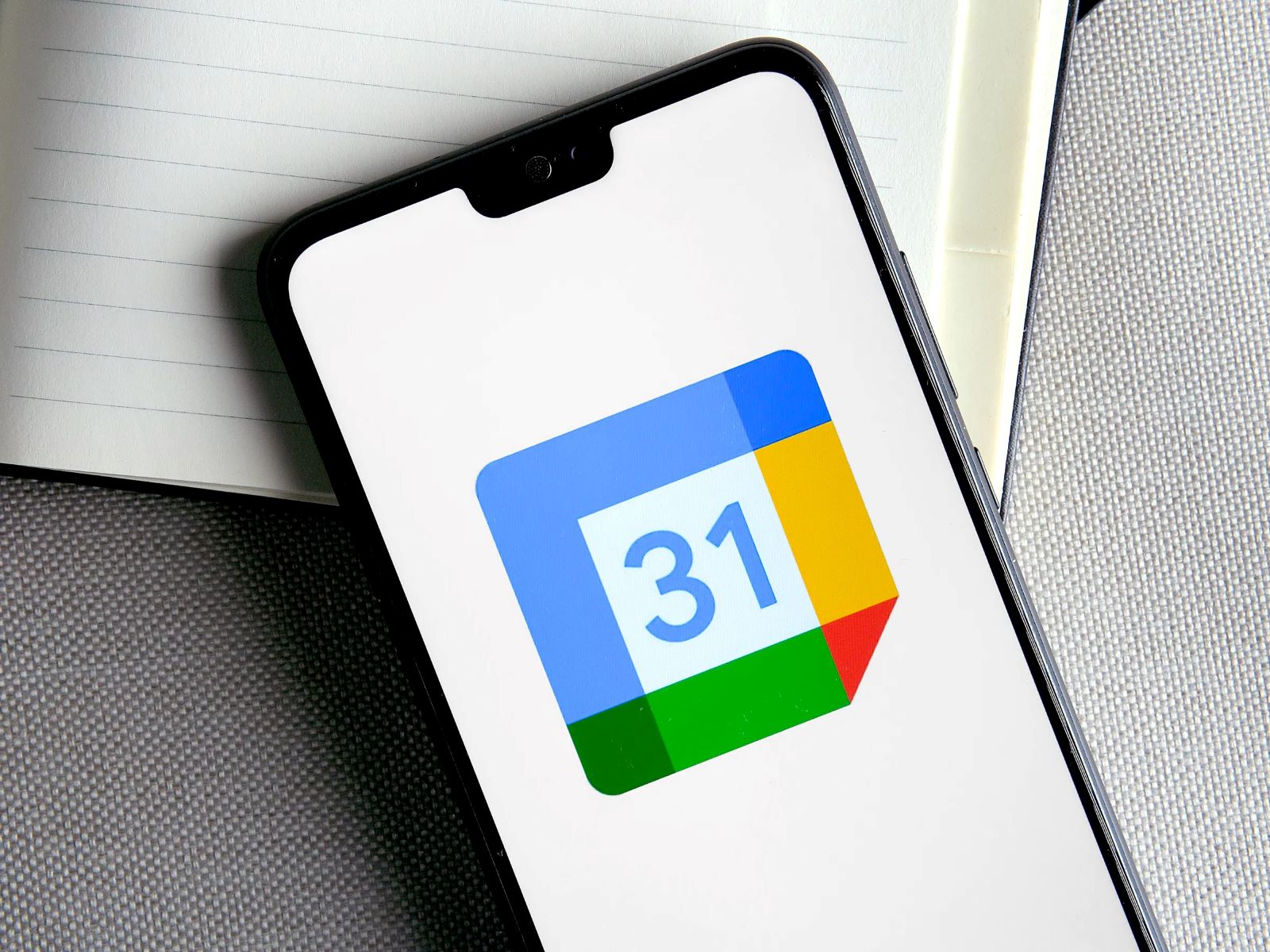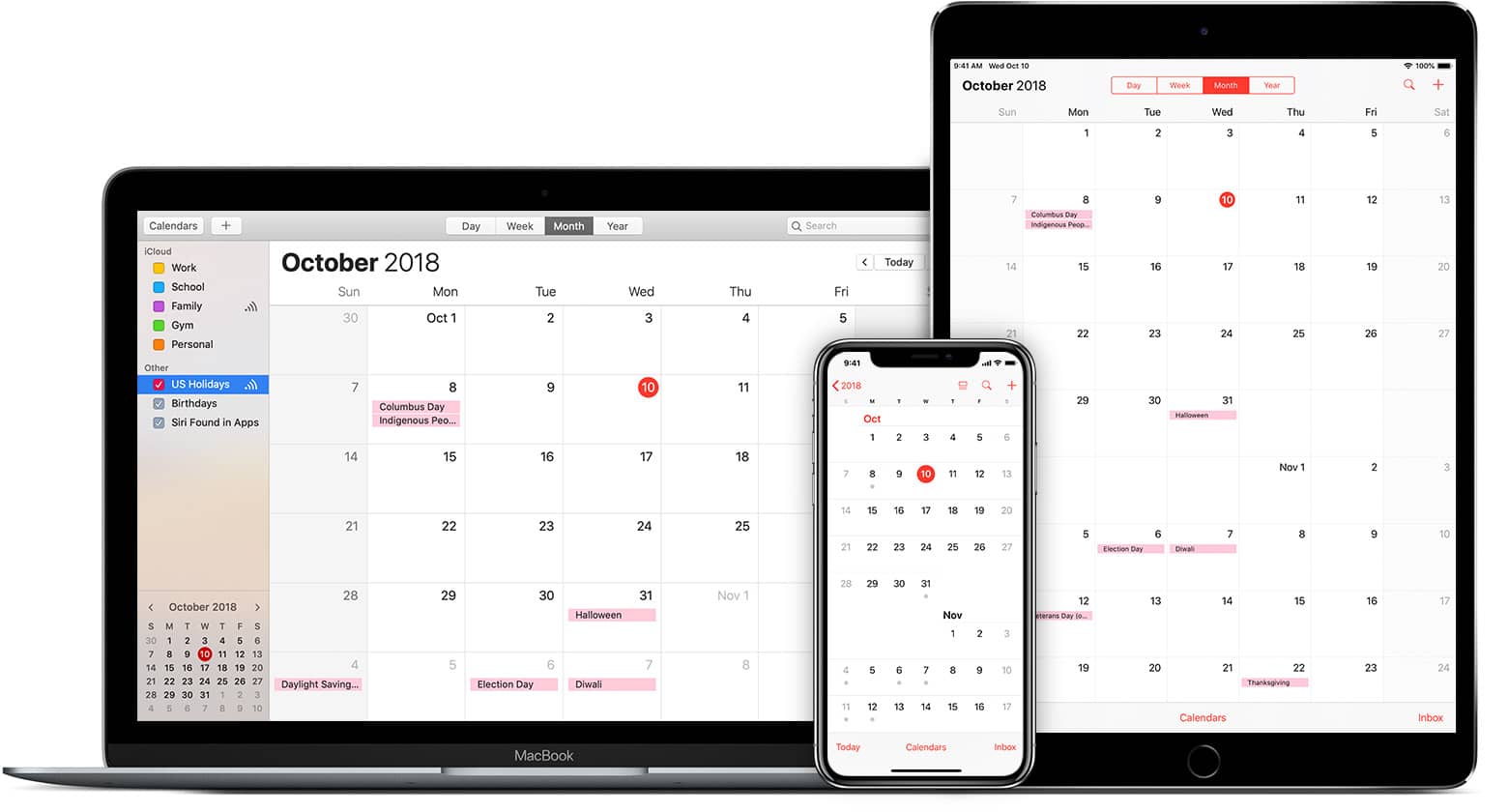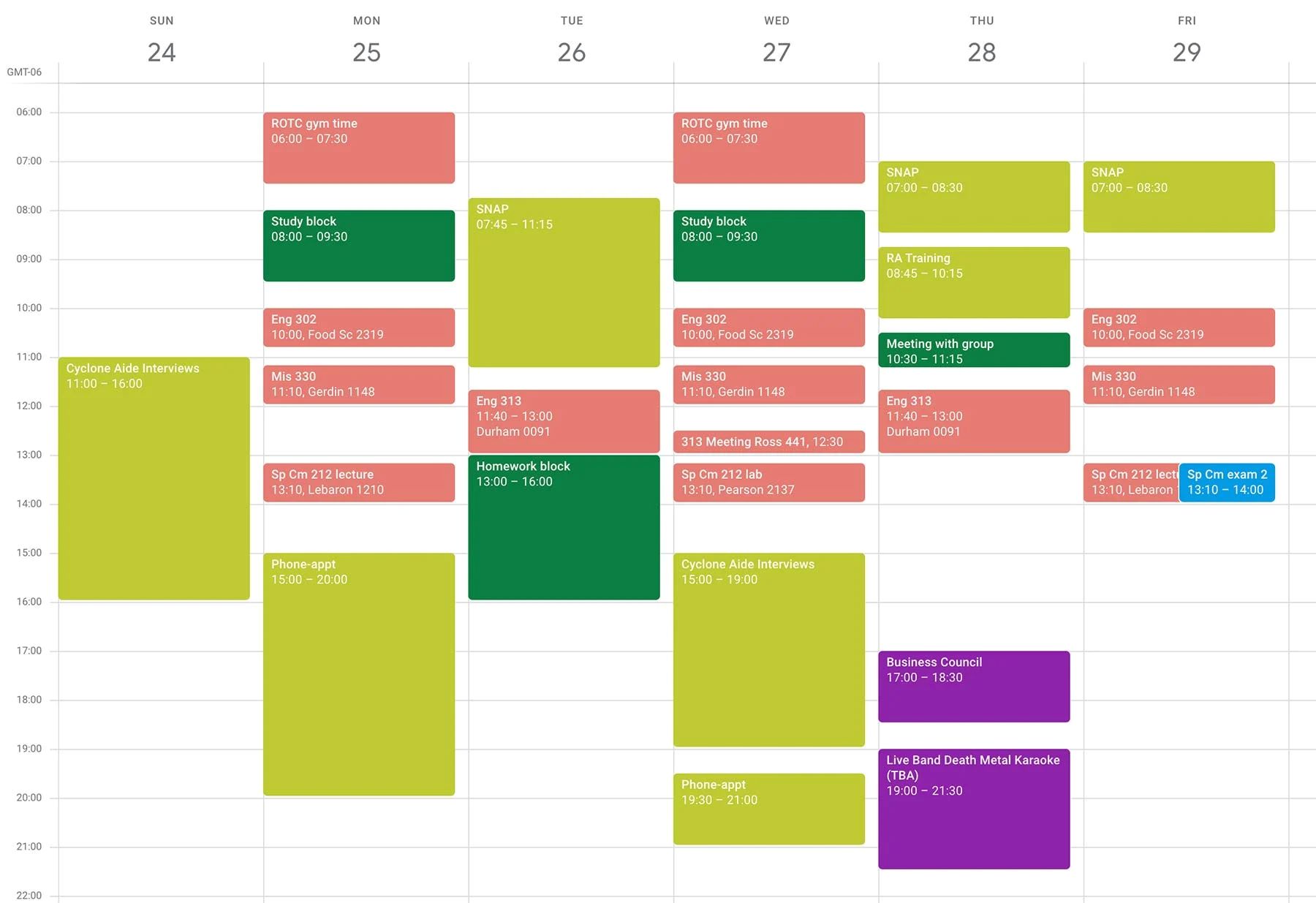Introduction
Google Calendar is a powerful tool that helps us keep track of our appointments, meetings, and events. One of its key features is the ability to create recurring events, which allows you to schedule activities that repeat on a regular basis, such as weekly meetings or monthly reminders.
However, there may come a time when you need to delete a recurring event from your calendar. It could be due to a change in plans, a cancellation, or simply because the event is no longer relevant. Whatever the reason, it’s important to know how to effectively remove recurring events from your Google Calendar.
In this article, we will guide you through the process of deleting recurring events on Google Calendar. We will explore different scenarios, including deleting a single occurrence, deleting all future occurrences, and deleting a specific range of occurrences. We will also delve into using the advanced recurring event settings for more complex cases. Additionally, we will provide troubleshooting tips for common issues that may arise during the deletion process.
By the end of this guide, you will have a clear understanding of how to delete recurring events on Google Calendar, ensuring that your calendar remains up to date and reflecting your most current schedule.
Understanding Recurring Events
Recurring events in Google Calendar are events that repeat on a regular basis. They are a convenient way to schedule activities that occur repeatedly, saving you the time and effort of manually adding each occurrence. Understanding recurring events is crucial for effectively managing and deleting them from your calendar.
When creating a recurring event, you have the flexibility to specify the frequency, duration, and the pattern of repetition. These options include daily, weekly, monthly, and yearly intervals. For example, you can set up a recurring meeting every Monday at 9 AM or a monthly reminder on the 15th of each month. This flexibility allows you to accommodate different types of schedules and routines.
It’s important to note that recurring events on Google Calendar follow a set of rules defined by the recurring event pattern. Each occurrence of the event is linked to the main recurring event, making it easier to manage and make changes across all repetitions. However, deleting a recurring event can have different implications based on the specific action you take.
Deleting a recurring event can be done in three different ways:
- Delete a Single Occurrence: This option allows you to remove a single instance of the recurring event while keeping all other repetitions intact. For example, if you have a weekly team meeting and want to cancel only one occurrence due to a change in schedule, you can choose to delete that specific instance without affecting the rest of the meetings.
- Delete All Future Occurrences: If you want to completely remove all future instances of a recurring event without deleting the past occurrences, this option is ideal. This is useful when you know that the event will no longer occur beyond a certain point, such as canceling a monthly seminar series after a specific date.
- Delete a Specific Range of Occurrences: If you want to delete a range of recurring event occurrences, this option allows you to specify the start and end date for the deletion. For example, if you have a daily task that no longer needs to be performed for a week, you can choose to delete that range of occurrences without affecting future tasks.
By understanding the nature of recurring events and the different deletion options available, you can confidently manage and remove these events from your Google Calendar. In the next sections, we will explore each deletion method in detail to help you effectively delete recurring events based on your specific needs.
Deleting a Single Occurrence
There may be occasions when you need to delete a single occurrence of a recurring event on your Google Calendar. Perhaps a meeting was rescheduled or you won’t be able to attend a specific instance of an event. Deleting a single occurrence is a straightforward process that allows you to remove a specific occurrence without impacting future repetitions.
To delete a single occurrence of a recurring event on Google Calendar, follow these steps:
- Open Google Calendar on your computer or mobile device and access the event you want to modify.
- Click on the event to open its details.
- Click on the “Delete” button or icon to remove the occurrence from your calendar.
Once you delete the single occurrence, it will be removed from your calendar, and all other repetitions of the event will remain unaffected.
If you’re using the Google Calendar mobile app, the process is similar. Open the event, tap on the options menu (usually represented by three dots), and select “Delete” to remove the specific occurrence from your calendar. Make sure not to select the option to delete the entire series if you only want to remove the single occurrence.
It’s worth noting that when you delete a single occurrence, Google Calendar will prompt you to choose whether you want to delete just that instance or the entire series of the event. It’s essential to double-check and ensure that you select the option to delete only the desired occurrence.
Deleting a single occurrence is a useful feature that allows you to make specific modifications to your recurring events without affecting the overall pattern. It’s a convenient way to manage changes to your schedule while maintaining the structure of the recurring event.
In the next section, we will explore how to delete all future occurrences of a recurring event on Google Calendar.
Deleting All Future Occurrences
Deleting all future occurrences of a recurring event on Google Calendar is useful when you want to remove the event from your calendar entirely, from a specific point onward. This option ensures that no additional repetitions of the event will be scheduled in the future, while keeping the past occurrences intact.
To delete all future occurrences of a recurring event on Google Calendar, follow these steps:
- Open Google Calendar on your computer or mobile device and navigate to the event you want to modify.
- Click on the event to view its details.
- Look for the option to delete the event series. This option is usually labeled as “Delete All” or “Delete Series.”
- Click on the “Delete All” or similar option to remove all future occurrences of the event.
Once you confirm the deletion, all future repetitions of the event will be removed from your calendar, while past occurrences will remain unchanged.
If you’re using the Google Calendar mobile app, the process is similar. Open the event, tap on the options menu (usually represented by three dots), and choose the option to delete the entire series or all future events.
It’s crucial to ensure that you carefully select the option to delete all future occurrences and not mistakenly delete all past instances of the event. Google Calendar provides this confirmation step to prevent accidental deletions and to give you control over the modification of recurring events.
This feature is particularly useful when you know that a recurring event will no longer occur, and you want to remove it from your calendar completely, without having to delete individual occurrences one by one.
In the next section, we will discuss how to delete a specific range of occurrences of a recurring event on Google Calendar, allowing you to delete events within a specified timeframe.
Deleting a Specific Range of Occurrences
Google Calendar provides the option to delete a specific range of occurrences for a recurring event. This allows you to remove a series of events within a specified time frame, without deleting the entire series or affecting future repetitions.
To delete a specific range of occurrences on Google Calendar, follow these steps:
- Open Google Calendar on your computer or mobile device and locate the event you want to modify.
- Click on the event to view its details.
- Look for the option to edit or modify the occurrence dates.
- Specify the range of dates you want to delete. This can be done by selecting the start and end dates or providing a specific number of occurrences to delete.
- Confirm the deletion by clicking on the “Delete” or “Remove” button.
Once you confirm the deletion, all occurrences within the specified range will be removed from your calendar, while retaining the past and future events outside that range.
If you’re using the mobile app, the process is similar. Open the event, tap on the options menu (usually represented by three dots), and choose the option to modify the occurrence dates. Specify the range or the number of occurrences to delete, and confirm the deletion.
This feature is particularly handy when you need to remove a specific set of occurrences of a recurring event, such as canceling a weekly meeting for a month or deleting a range of daily tasks that are no longer necessary.
Keep in mind that deleting a specific range of occurrences requires careful consideration of the dates and the events within that period to ensure you are removing the correct occurrences of the recurring event.
In the next section, we will explore the advanced recurring event settings available on Google Calendar.
Using the Advanced Recurring Event Settings
In addition to deleting single occurrences, all future occurrences, or a specific range of occurrences, Google Calendar offers advanced settings to customize the recurring event patterns. These settings allow you to create more complex and specific recurring events tailored to your needs.
To access the advanced recurring event settings on Google Calendar, follow these steps:
- Open Google Calendar on your computer or mobile device and find the event you want to modify.
- Click on the event to view its details.
- Look for the option to edit or modify the event details.
- Click on the “More options” or “Advanced settings” button to access the advanced recurring event settings.
- Make the desired changes to the recurring event pattern, such as adjusting the frequency, interval, or end date.
- Save your changes to update the recurring event accordingly.
Using the advanced recurring event settings, you can fine-tune the recurrence pattern to meet specific requirements. For example, you can set a recurring event to occur every other week, on specific weekdays only, or on a specific day of the month.
These settings also allow you to modify the end date of the recurring event or set it to repeat indefinitely. This gives you flexibility in managing recurring events that have a fixed end date or those that continue indefinitely until further notice.
Keep in mind that when modifying the advanced recurring event settings, any changes made will affect the entire series of the event and all its occurrences, past and future. Therefore, it’s important to review the changes carefully before saving.
The advanced recurring event settings provide a powerful tool for creating customizable recurring events on Google Calendar. By leveraging these settings, you can create recurring events that align with your unique schedule and specific requirements.
In the next section, we will discuss some troubleshooting tips for common issues that may arise when deleting recurring events on Google Calendar.
Troubleshooting and Common Issues
While deleting recurring events on Google Calendar is a relatively straightforward process, there may be some common issues or troubleshooting scenarios that you encounter. Understanding these challenges and having the knowledge to overcome them will help you effectively manage and delete recurring events on your calendar.
Here are a few troubleshooting tips for common issues:
1. Accidentally deleting the wrong occurrences: It’s essential to double-check your selection before confirming the deletion of recurring events. Ensure that you only delete the specific instance, all future occurrences, or a specified range, as per your intended action.
2. Unable to delete recurring events in shared calendars: If you have access to a shared calendar and are unable to delete recurring events, it’s possible that you don’t have the appropriate permissions. Make sure to check the calendar settings and consult with the calendar owner or administrator for assistance.
3. Sync issues across devices: If you delete a recurring event on one device and don’t see the changes reflected on other devices, it’s likely due to a sync issue. Try manually syncing your devices or refreshing your calendar to ensure the changes are updated across all platforms.
4. Modifying recurring event exceptions: In some cases, you might need to modify or change a specific occurrence within a recurring event. Be cautious when making changes to individual occurrences, as it can impact the overall recurring pattern. Consider whether it’s more appropriate to delete the occurrence and add a new event instead.
5. Deleted recurring events reappearing: If you delete a recurring event and find it reappearing at a later date, ensure that you have deleted all future occurrences and not just a single instance. Check the event settings and confirm that the deletion applies to all future repetitions.
If you encounter any of these issues or face other challenges while deleting recurring events on Google Calendar, it may be helpful to consult the Google Calendar Help Center or community forums for additional guidance and specific troubleshooting steps.
By understanding these troubleshooting tips, you can overcome common issues and effectively manage recurring events on your Google Calendar.
Conclusion
Deleting recurring events on Google Calendar is a necessary skill for managing your schedule and keeping your calendar up to date. Whether you need to remove a single occurrence, all future repetitions, or a specific range of occurrences, Google Calendar provides the tools and settings to accomplish this with ease.
Throughout this guide, we explored the different methods of deleting recurring events on Google Calendar. You learned how to delete a single occurrence, ensuring that only the specific instance is removed while keeping the rest of the repetitions intact. We also discussed how to delete all future occurrences, effectively removing the event from the calendar beyond a specific point.
Furthermore, we explored the option of deleting a specific range of occurrences, offering the flexibility to remove a series of events within a specified timeframe. Additionally, we explored the advanced recurring event settings, where you can customize the recurrence pattern to meet your unique scheduling needs.
Lastly, we discussed some common issues and provided troubleshooting tips to help you overcome challenges that may arise when deleting recurring events. By being mindful of accidental deletions, ensuring proper syncing across devices, and being cautious with modifications to recurring event exceptions, you can confidently manage your calendar.
With this knowledge and understanding, you are well-equipped to delete recurring events on Google Calendar effectively and efficiently. As you navigate your schedule and make adjustments, remember to review your changes carefully before confirming deletions and consider consulting the Google Calendar Help Center for additional guidance if needed.
By maintaining an organized and up-to-date calendar, you can optimize your productivity and stay on top of your commitments, ensuring that your schedule reflects your most current and accurate information.







